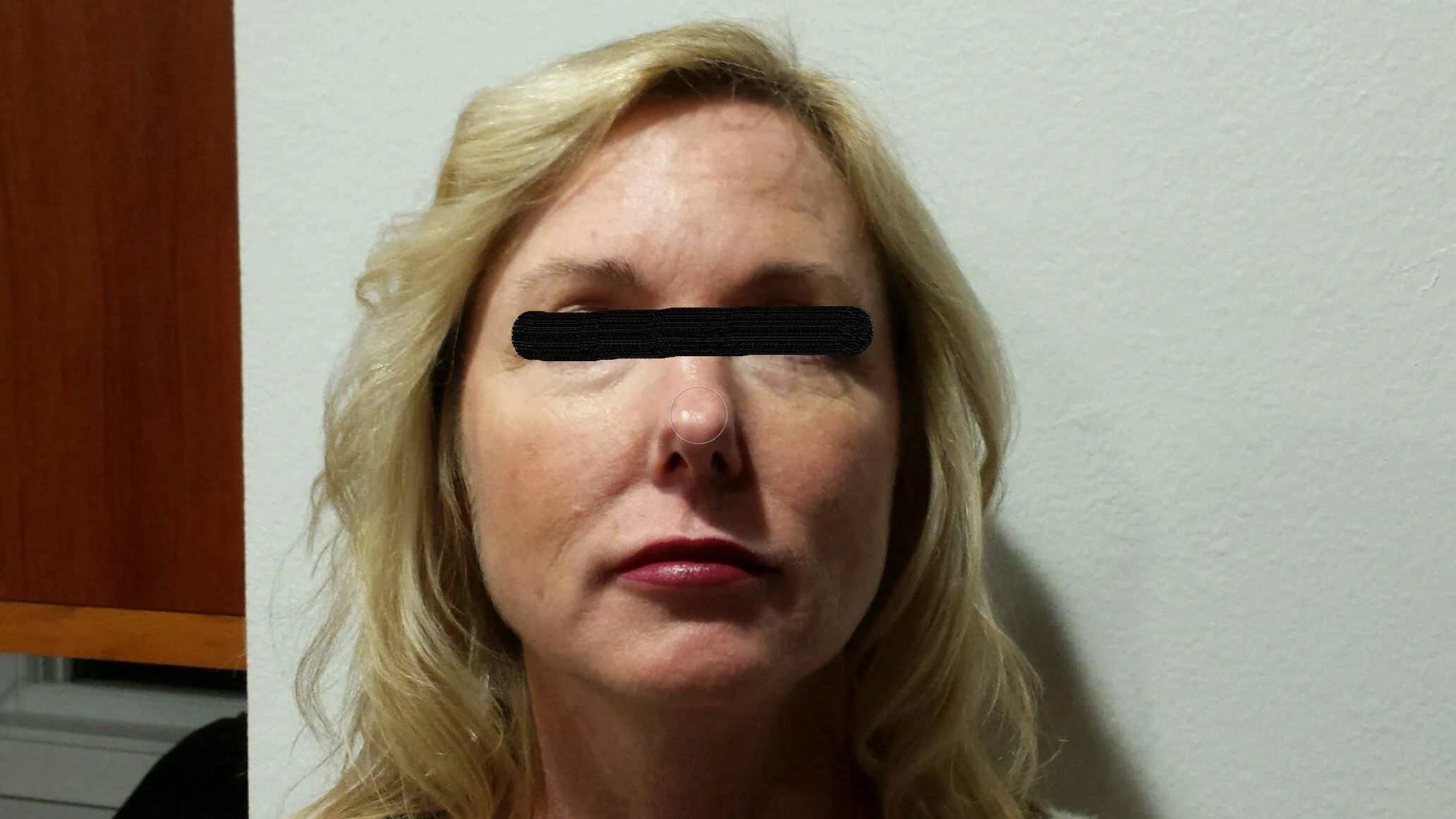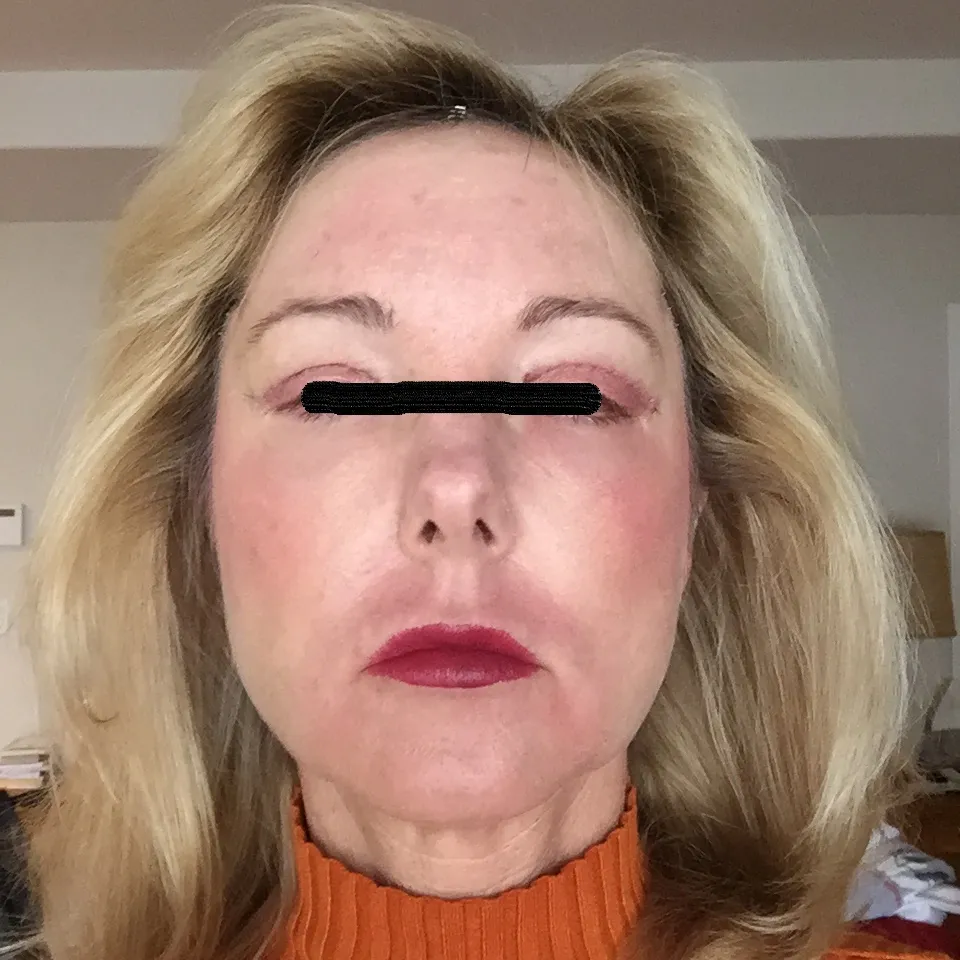Hyperbaric oxygen therapy as a prophylactic and treatment against ileus and recurrent intestinal obstruction soon after surgery to relieve adhesive intestinal obstruction
Satoshi Ambiru 1, Nobuaki Furuyama, Fumio Kimura, Hiroaki Shimizu, Hiroyuki Yoshidome, Masaru Miyazaki, Hideaki Shimada, Takenori OchiaiAffiliations
Abstract
Background and aim: Nonoperative management of cases of adhesive intestinal obstruction would be ideal, especially for patients who have recently undergone surgery to relieve the same condition. We aimed to examine whether hyperbaric oxygen (HBO) therapy might have therapeutic potential for the treatment of postoperative paralytic ileus and recurrent adhesive intestinal obstruction soon after surgery, to relieve adhesive intestinal obstruction, because of its unique mechanisms in these contexts.
Methods: A total of 133 patients were enrolled in the present study. We examined non-per os periods, hospital stay, and clinical course according to the postoperative course of the 133 patients.
Results: After surgical intervention, 75 patients left the hospital without morbidity. Nineteen patients were successfully administered prophylactic HBO therapy to facilitate intestinal motility and to prevent paralytic ileus. The remaining 39 patients suffered from postoperative paralytic ileus or early recurrence of obstruction during the same hospitalization period. The patients who underwent prophylactic HBO therapy had significantly shorter non-per os periods and hospital stays after surgery than those who were not initially given HBO therapy (P < 0.05). Similarly, there were significant differences in duration of hospital stay after surgery between patients with HBO therapy as treatment and those who received other conservative therapies (P < 0.05).
Conclusions: HBO therapy may have a prophylactic effect on postoperative paralytic ileus and may be of therapeutic benefit in the management of early recurrent adhesive intestinal obstruction following surgery to relieve adhesive intestinal obstruction.
To Read Full Study, Click Here









